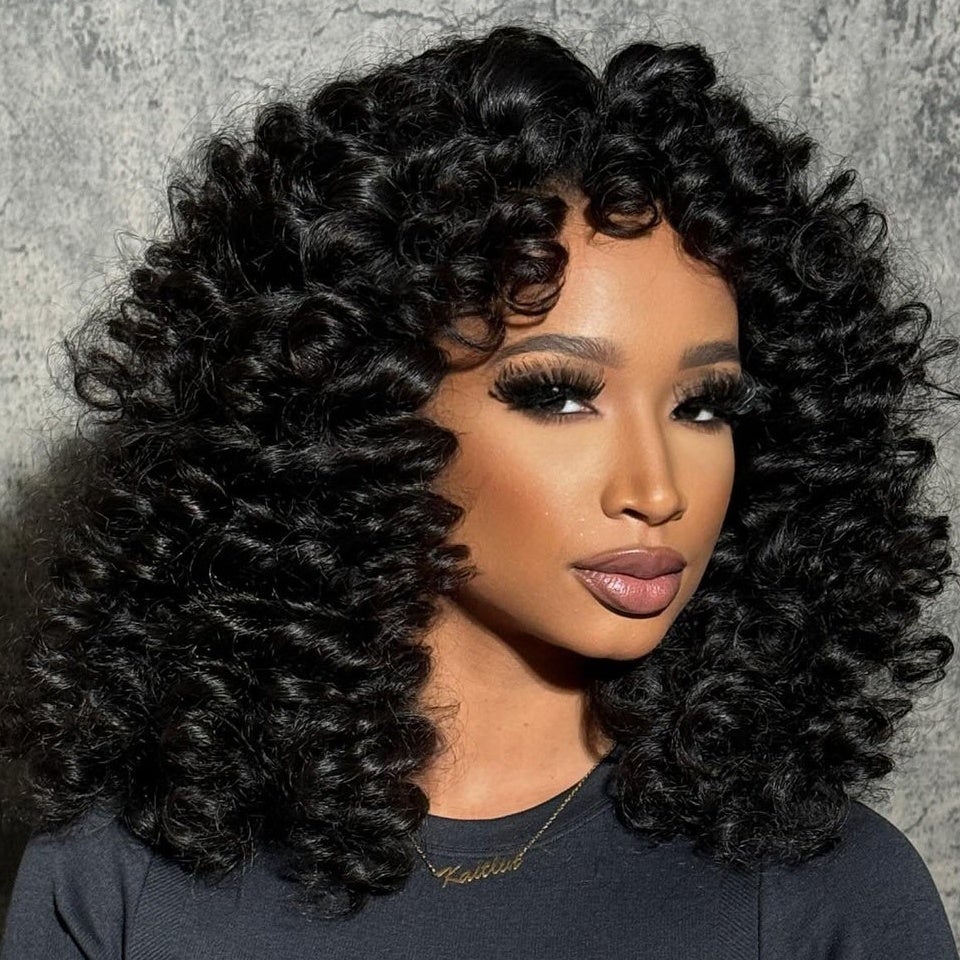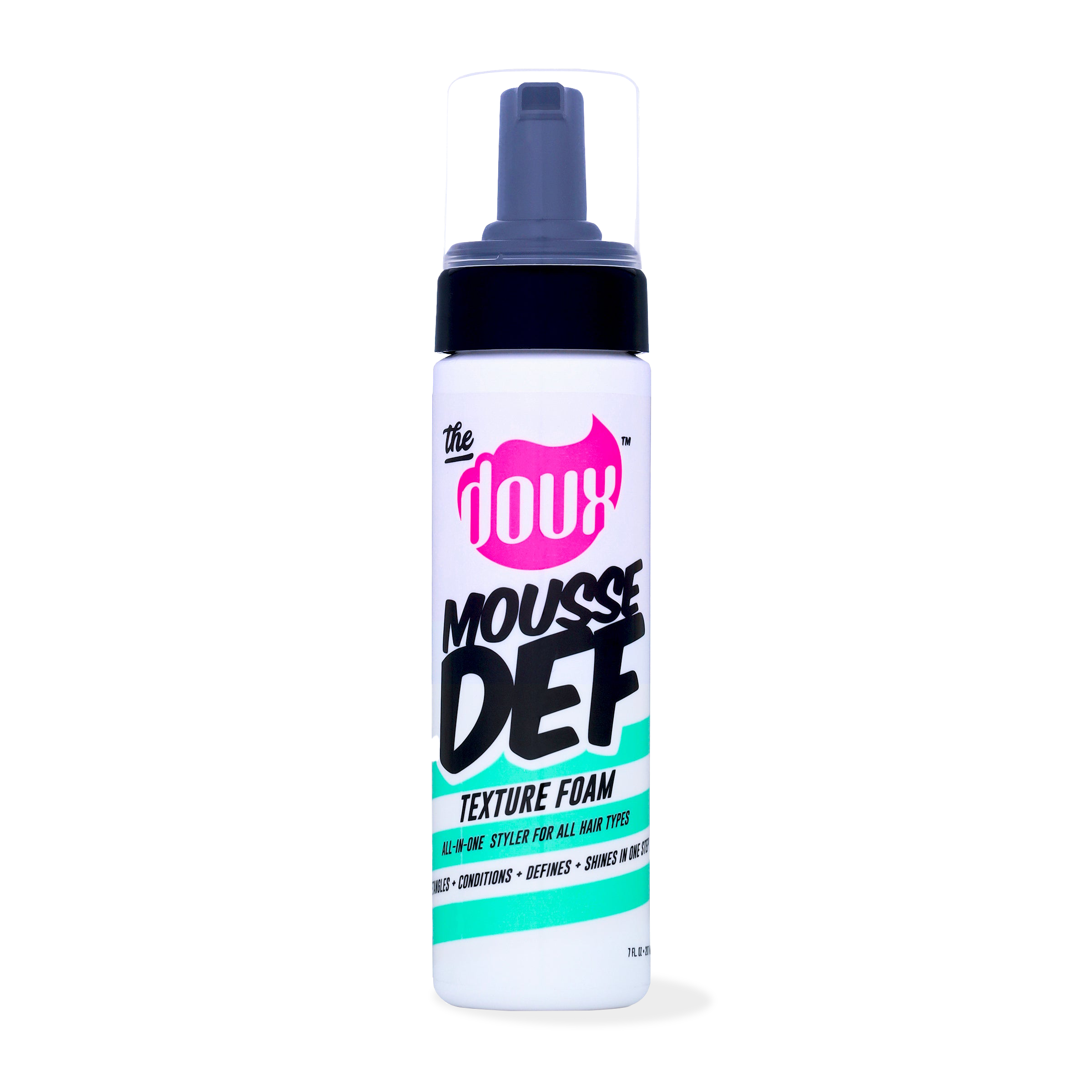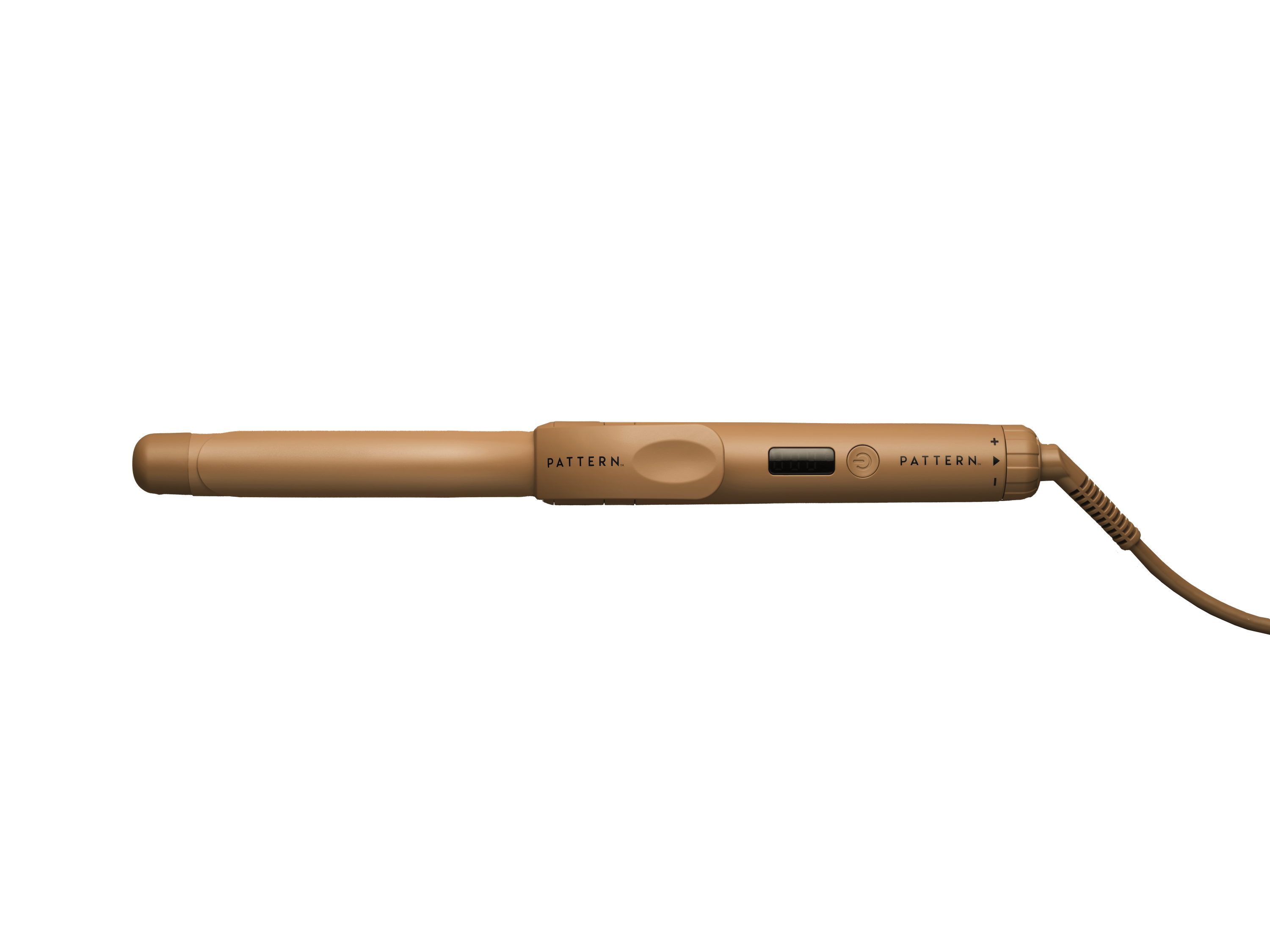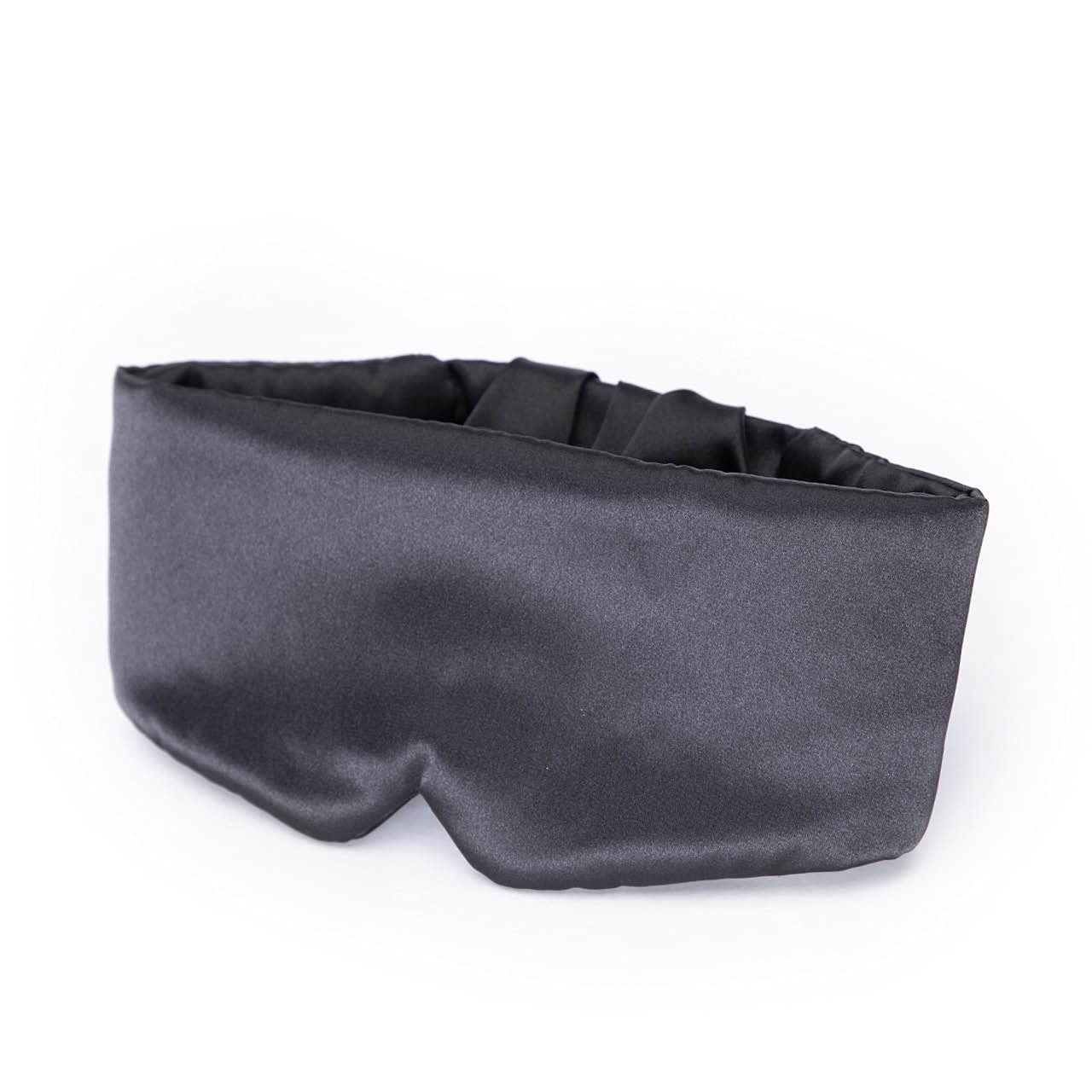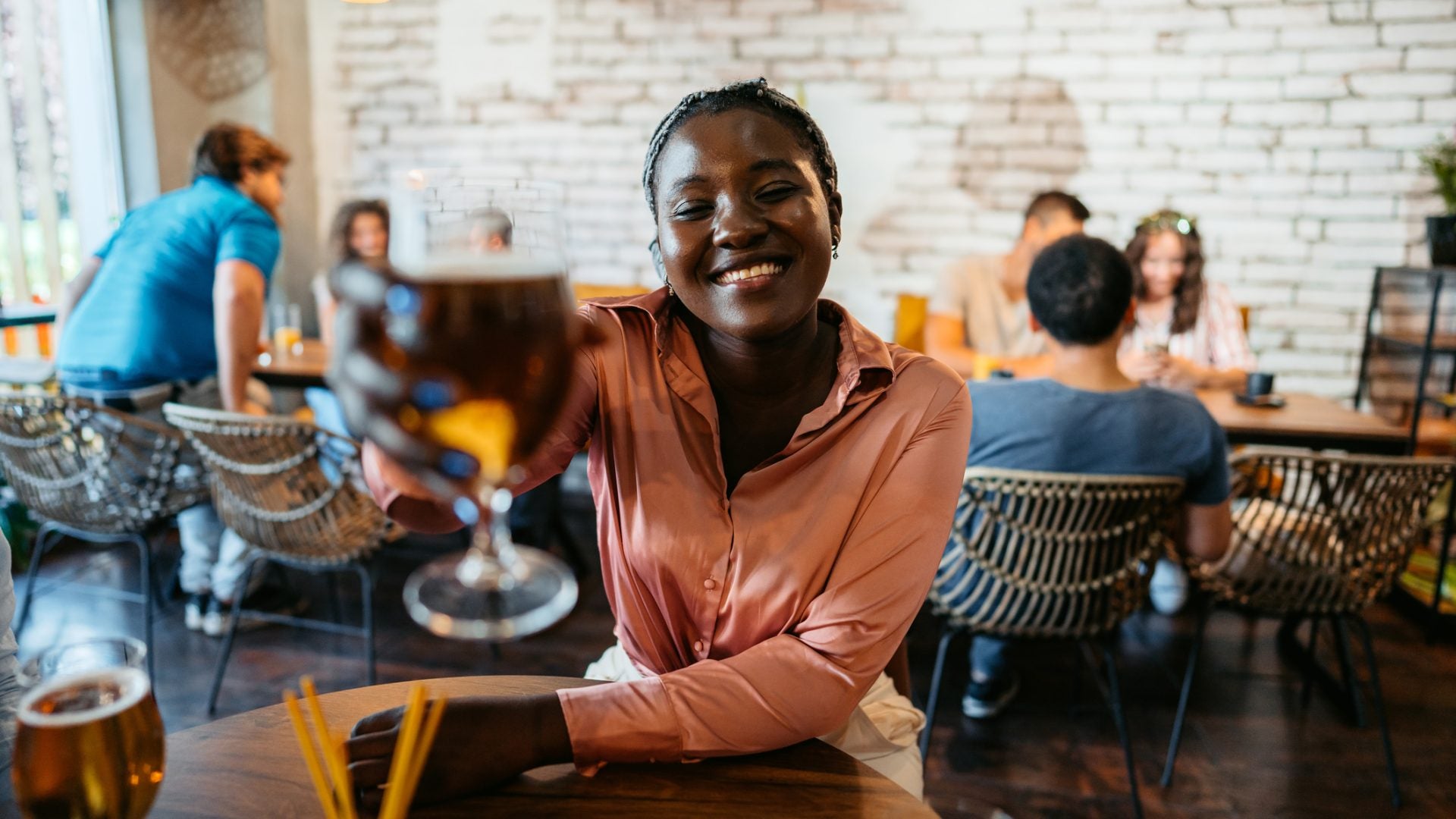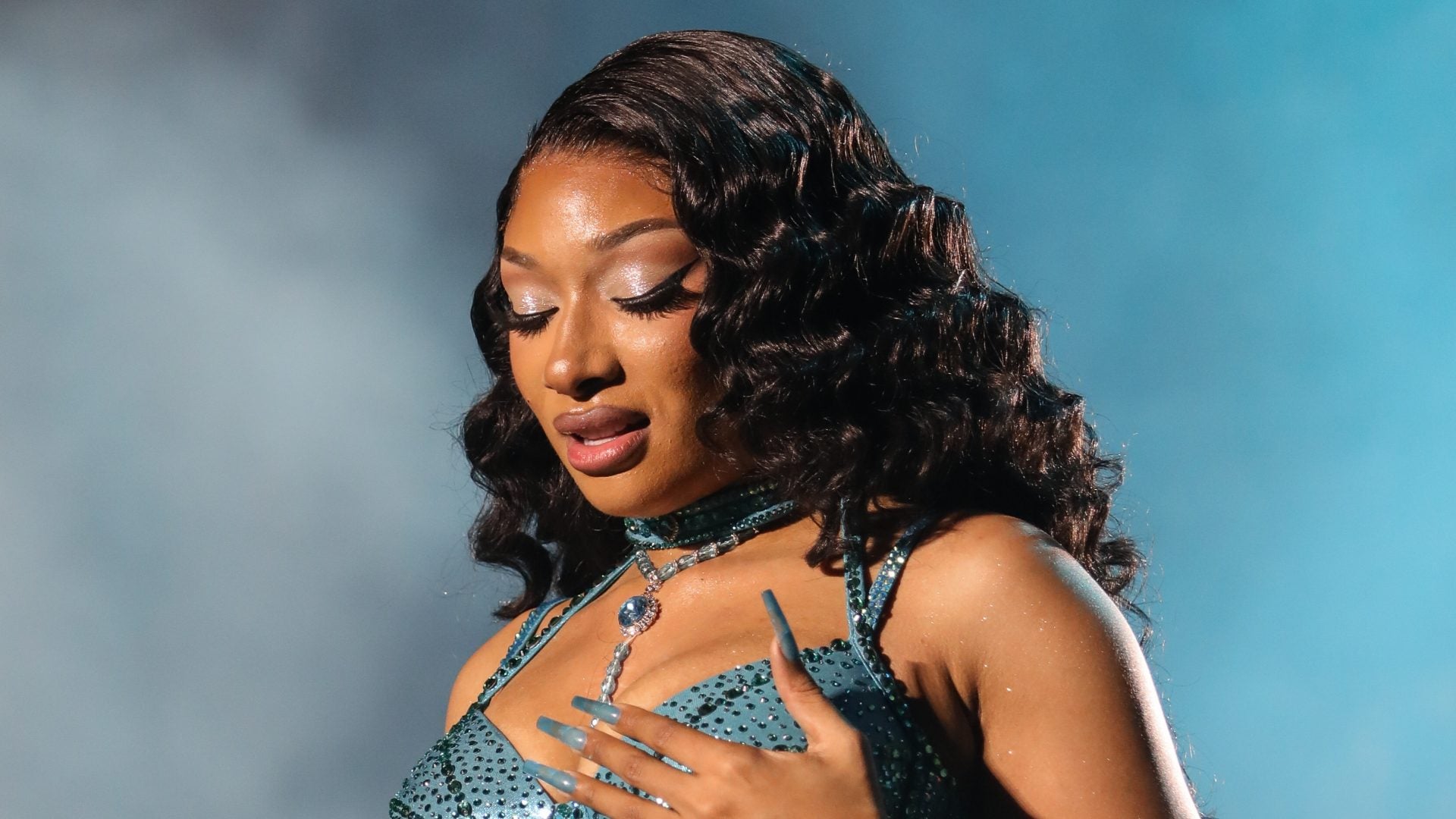
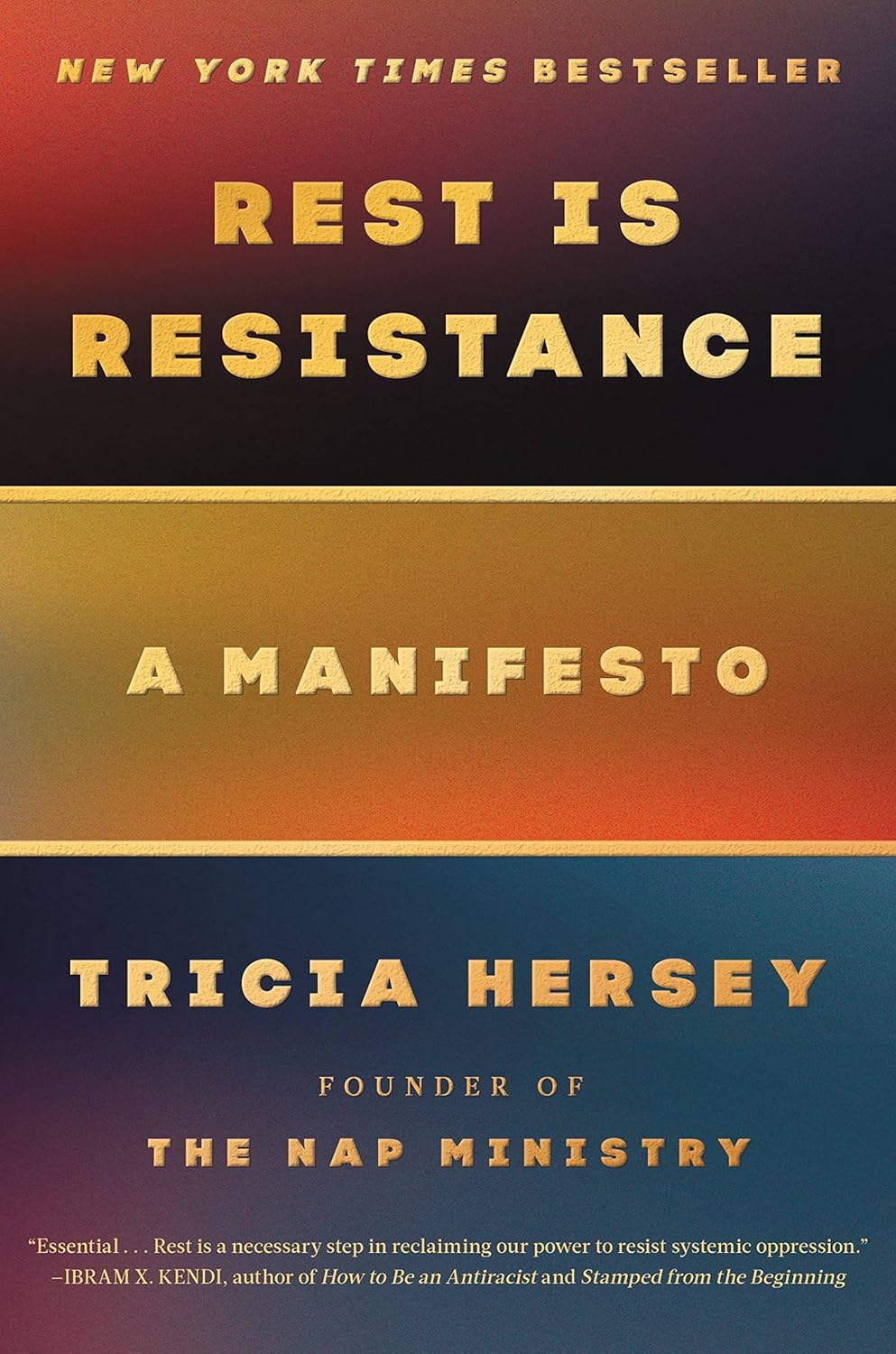
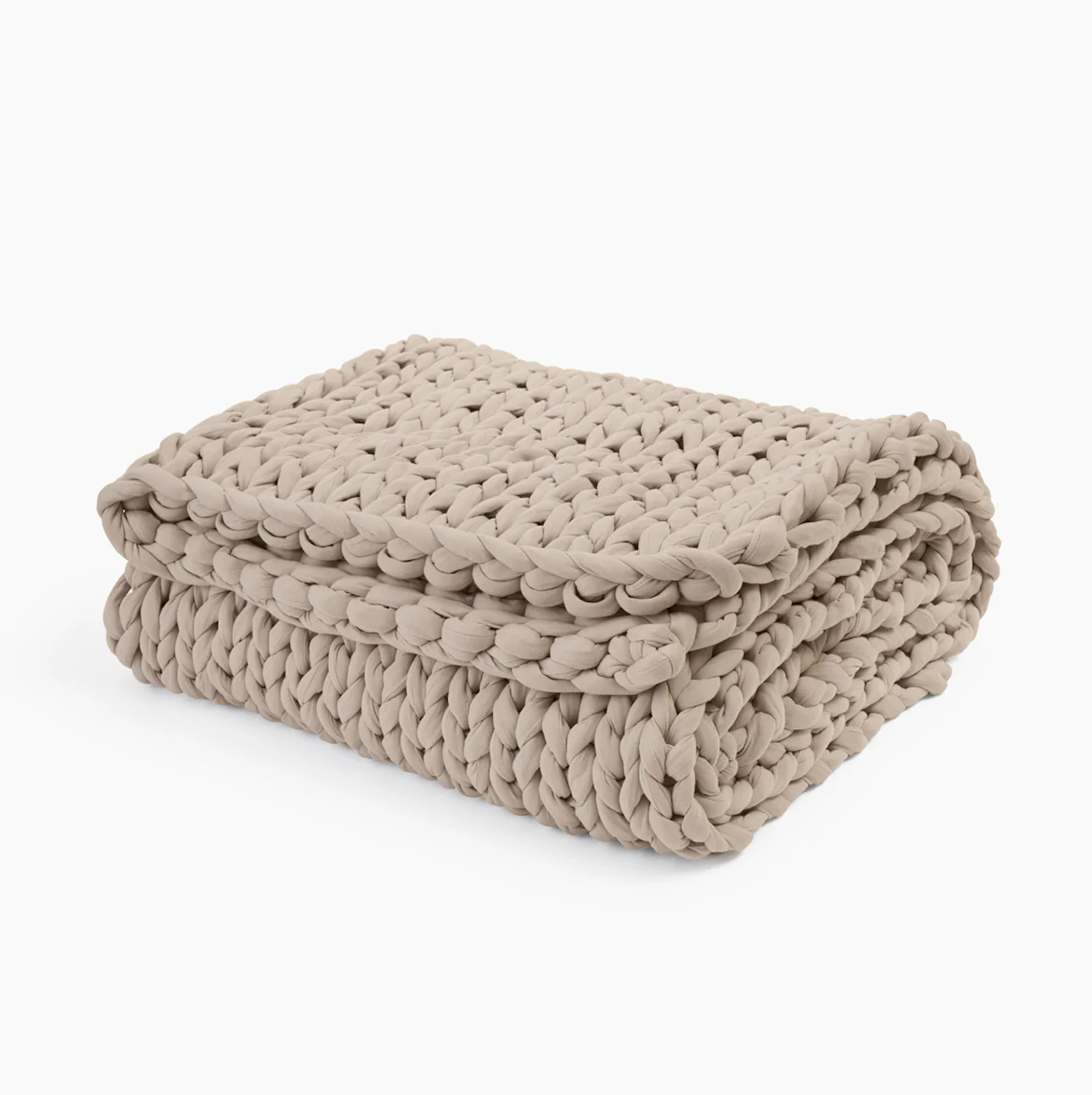
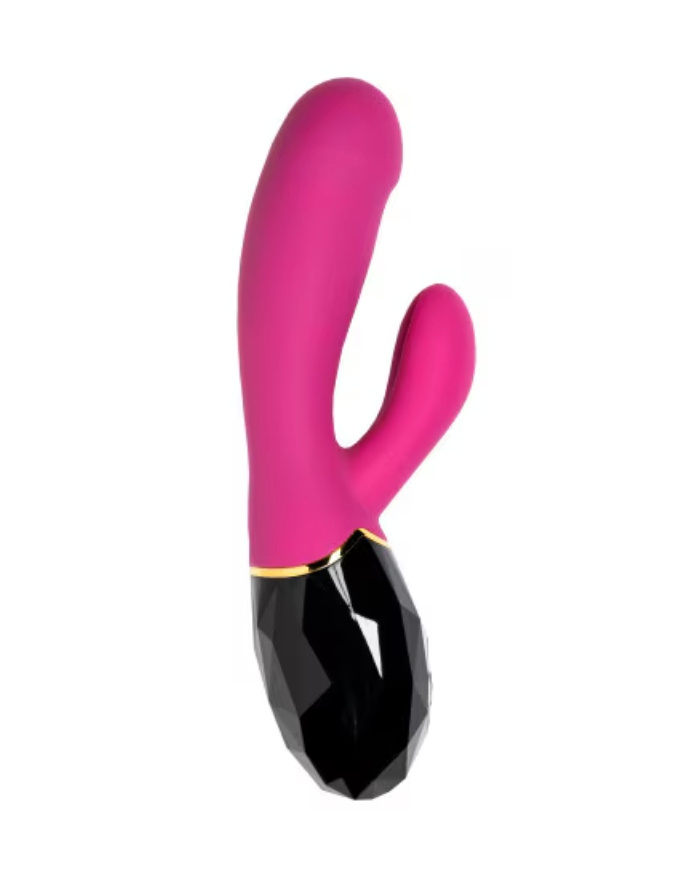
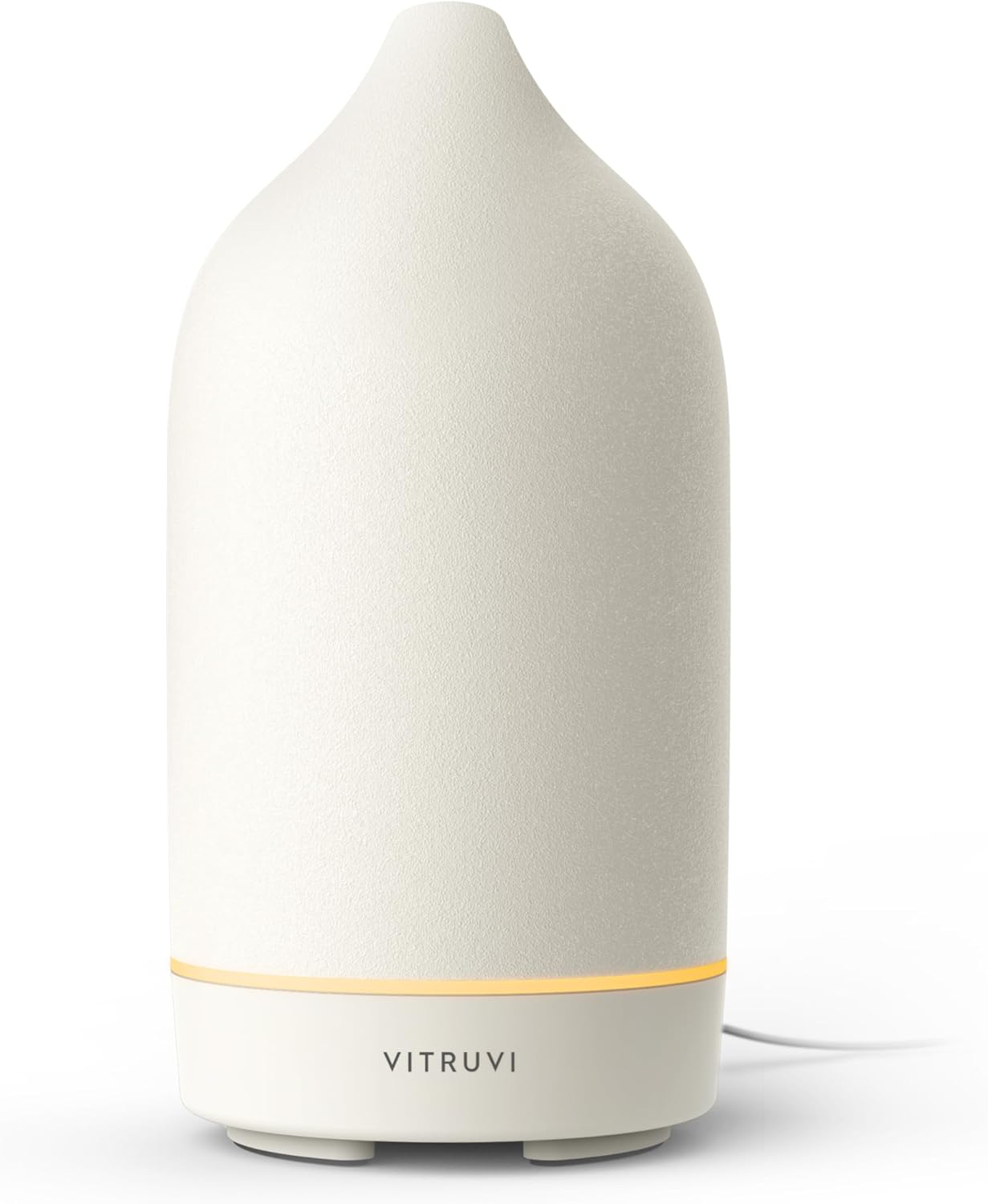
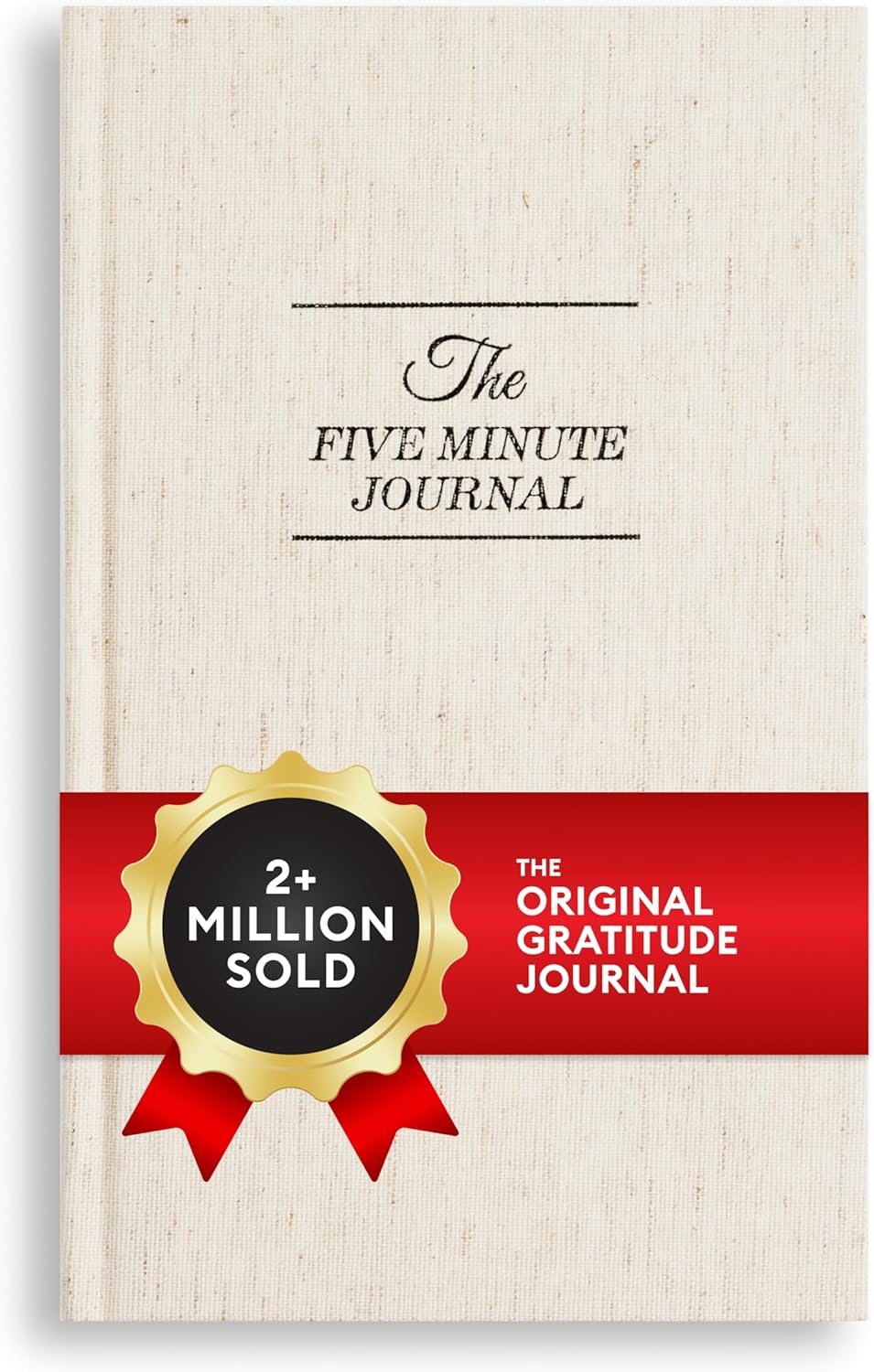
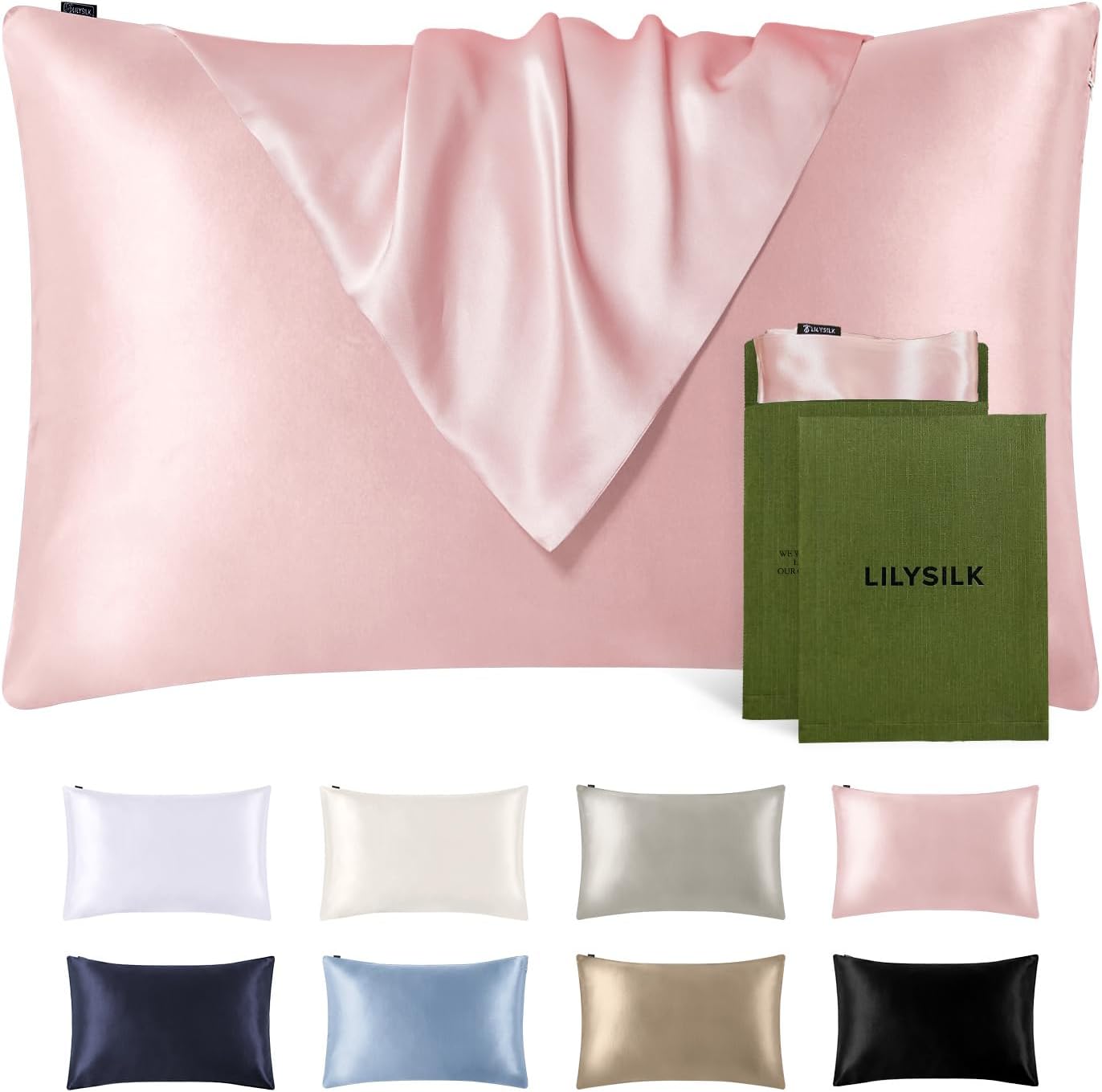

It’s no secret that braids are the undisputed style of the summer when it comes to hot weather and vacays. But— please hold your gasps of dismay— the flip-over sew-ins may be coming for the title.
There are thousands of flip-over sew-in videos on TikTok, and both influencers and celebrities, including Jayda Wayda, Dess Dior and De’arra Taylor, have worn the breezy look.
Traditionally, sew-ins have been a staple of the fall and winter, getting a much-needed reprieve during the warmer months. But now the girlies are putting them to work again for those trips to Cabo and Tulum.
How exactly this style has fallen into the good graces of Black women is quite a curious case. After all, sew-ins can require extensive maintenance and can increase the amount of heat exposed to the leave-out— which can cause damage down the line.
Well what these flip over sew-ins offer, that some other protective styles don’t, is a coming-out-your-scalp look that speaks to the tropical vibe of summer. This, coupled with a push toward more “effortless” and “low-maintenance” beauty, has been the perfect setup for the style to have some fun in the sun.
To learn more about this style, below, celebrity hairstylist Tiffany Simmons, of Tiffany Nicole Hair in Baltimore, discusses its growing popularity and how to achieve it yourself this summer and beyond.

What is a curly flip-over sew-in?
A flip-over sew-in is a partless, minimal leave-out extension method. The majority of the hair is braided down, and in lieu of a side or middle part, a small section of the hair is left out to cover up the exposed track. In the end? A seamless, from-the-scalp look.
“It’s similar to the versatile sew-in where the perimeter of your entire head is left out. But, instead, the flip-over is just the front of your head from ear to ear, about an inch or less, depending on the desires of the client,” Simmons tells ESSENCE.
Even though there isn’t a lot of hair left out, the style is still versatile. “You can flip the hair from left to right or put some of it up if you like,” says Simmons.
How do you get the look?
When booking the style, Simmons says it’s important to make sure your potential stylist is familiar with the method since it requires a different technique from other sew-in styles. “The position of the tracks needs to be a certain way and meet a certain way at the top to make sure none of your tracks are showing,” says Simmons. If the tracks are placed improperly, one strong gust of wind can leave your tracks exposed, ruining the au natural illusion this style affords.
How to maintain the style
Part of the allure of this style is that your leave-out can be managed with greater ease and requires less heat depending on the bundles you choose to install. Simmons recommends utilizing hair that mimics your natural texture or what your leave-out looks like after some heatless styling. (Think: flexi rods, perm rods, etc.)
“Curly hair is easier to blend,” says Simmons. “You don’t have to worry about really parting it and getting that crispy part or using a band to keep it flat,” Simmons adds. Some people use a small wand to get their leave-out to match the curl pattern of the extension hair, but once that curl is achieved, it can be maintained with small rollers.
For those who would like to avoid heat altogether, Simmons recommends wrapping the hair around rollers that mimic the curl size of the bundles. Mousse, setting foams and gels can be used to hold these styles in place.
You can also braid your natural hair to mimic a wavier texture. In either method, wrapping or braiding your natural hair with the braiding hair will allow for a more seamless look. In terms of hair, Simmons recommends utilizing Burmese and exotic curly textures.
She also advises against synthetic blends since sew-ins are a longer-lasting style, and synthetic hair doesn’t last as long. “If you can find a texture that’s close to your hair pattern, that will be best,” says Simmons.
Which products should I use?
